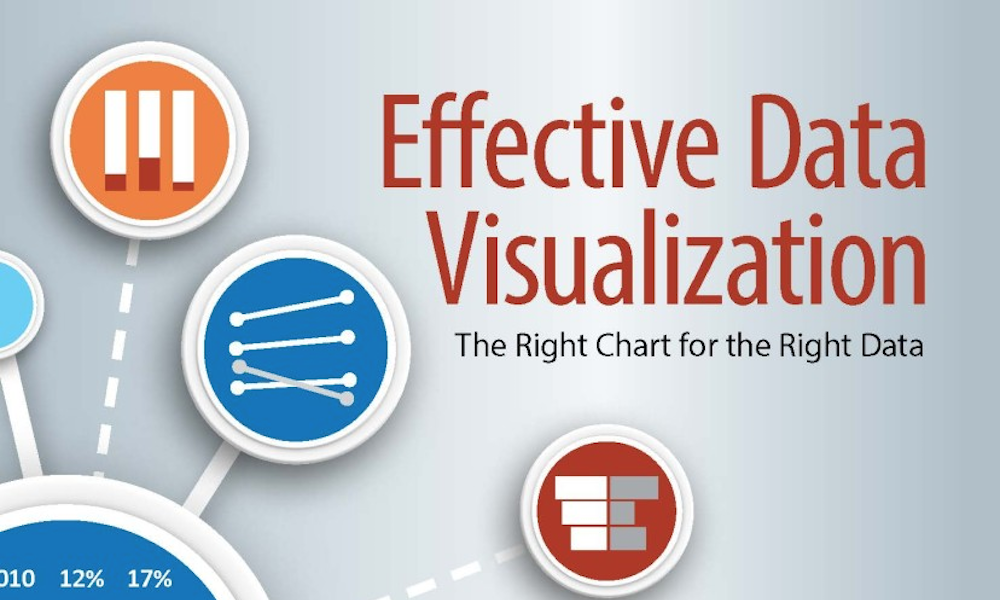In order to sprinkle some star dust into the contents of my book I’ve been doing a few interviews with various professionals from data visualisation and related fields. These people span the spectrum of industries, backgrounds, roles and perspectives. I gave each interviewee a selection of questions from which to choose six to respond. This latest interview is with Stephanie Evergreen, Data Visualisation author, trainer, consultant and the rest. Thank you, Stephanie!
Q1 | What was your entry point into the field: From what education/career background did you transition into the world of data visualisation/infographics?
A1 | I was a researcher and evaluator who got really bored and frustrated with how my colleagues and I were talking about our work.
Q2 | When you begin working on a visualisation task/project, typically, what is the first thing you do?
A2 | I ask “what’s the point?” because the answers drive everything else I’m going to do. The answers determine audience, copy, graph type, level of interactivity, color use, and so on.
Q3 | With deadlines looming, as you head towards the end of a task/project, how do you determine when something is ‘complete’? What judgment do you make to decide to stop making changes?
A3 | When it feels right in my gut. Before that time, there’s a nagging feeling that sits with me until all the small things are fixed.
Q4 | As somebody who is involved in educating others, what are your observations about what attributes separate the successful delegates from the rest of the pack and/or the organisations most ready to successfully adopting your teaching?
A4 | The most successful are those who have permission to change. Sometimes that permission is internal, within the individual in the seat. Oftentimes that permission is from a supervisor, department head, or executive. I show people how to change and how easy it is to be better, so usually the last obstacle is the permission to do so.
Q5 | If you could somehow secure 3 months to do anything you wanted, what would you love to be able to spend your time doing to enhance your data visualisation capabilities further? (Eg. Reading, making, learning new tools etc.)
A5 | Taking a pottery class. Seriously. For two reasons. First, it’s about work-life balance. I find that the more hours I spend at the computer or on the road to give a workshop, the less creative I am. And creativity is necessary for innovation. It’s on that walk around the block to enjoy the fresh air that I solve problems and dream up new ideas to test. Getting away from my data visualizations will actually enhance my data visualizations. Second, ever since I started working in this field, I’ve had a dream of creating some client’s keystone data out of clay, 15 feet tall, to show off in their lobby.
Q6 | We often hear how important ‘designing for an audience’ is but this is often easier said than done. How do you integrate this perspective of thinking into your own workflow? Do you have advice on any effective approach(es) you use for this?
A6 | I ask about audience straight away because it does change some of the decisions I’ll make when I’m visualizing. Things like decimal points and error bars are not appropriate for public audiences but perfectly fine and even expected when the audience is made up of scientific peers. But sometimes I think audience differences are overrated. Scientists, reporters, corporate executives, and your boss are all humans and thus all visual beings who want to see the important stuff visualized.
Header image taken from Stephanie’s new book ‘Effective Data Visualization’ available via Amazon.

